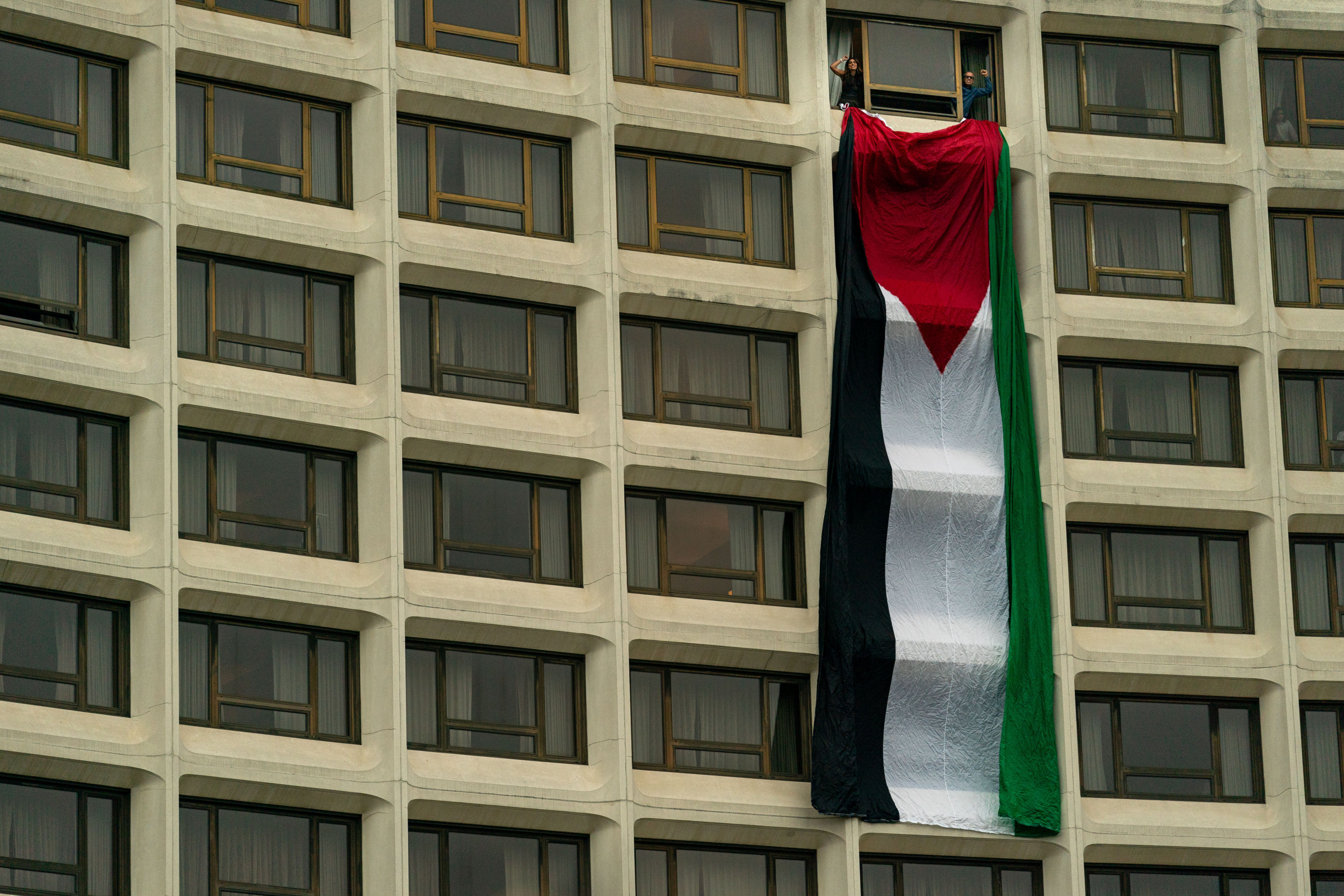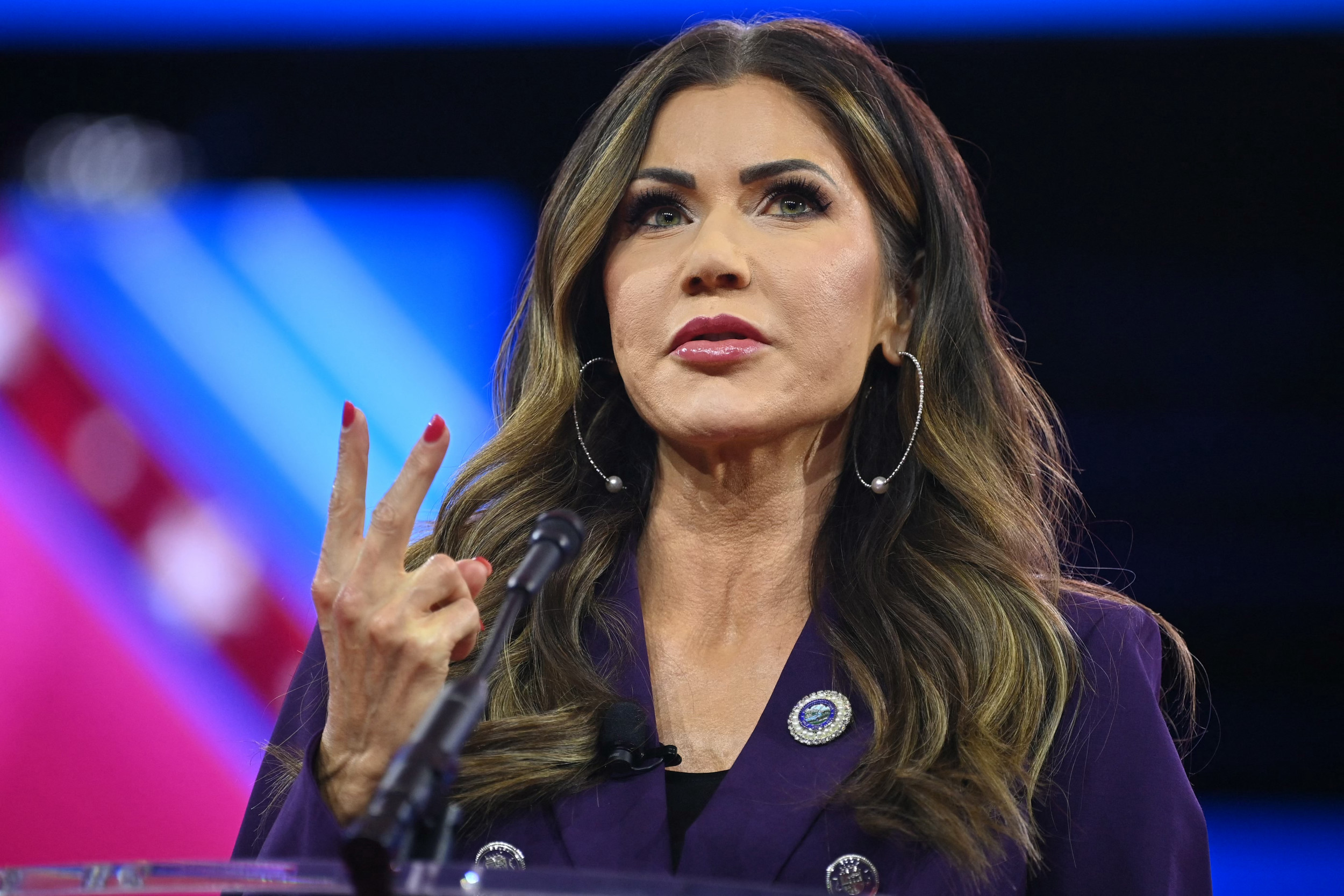The Supreme Court heard oral arguments on Monday in a closely watched religious-freedom case about a high school football coach who was punished for praying. Court watchers agree that the justices are likely to conclude that the Bremerton School District violated Coach Joe Kennedy's rights by firing him for kneeling at midfield for a post-game prayer. And so they should; the First Amendment protects religious expression, even in public places. It does not require—indeed, it does not permit—government officials to censor such expression.
Arguing before the Court, the district's lawyer pressed the claim that Kennedy's prayers were somehow coercive. Of course, the Constitution does not permit government officials, including public school employees, to compel or require participation in religious worship or prayer. As the coach's lawyer reminded the justices, though, there is no evidence of any coercion in this case. The reasons originally given by the district for punishing the coach were not about alleged coercion but instead reflected a misunderstanding of the Constitution's Establishment Clause. The district was afraid that by permitting Kennedy's personal religious activity, it would somehow have "endorsed" religion. But as the coach's lawyer, and several of the justices, observed, "the government does not endorse private religious speech just because it takes place on the school side of the gates."
Coach Kennedy's case provides the Court with an opportunity to clarify its infamously muddled constitutional rules governing religious expression and symbols in the public square. Such a cleanup would provide much-needed guidance to lower courts, local officials and school administrators, and would prevent funds that are needed for books and teachers from being drained by unnecessary lawsuits.
Far too often, regulators constrain religious expression in public for fear of being sued for unconstitutionally "endorsing" religion. Of course, the Constitution does not use that term, and the better reading of the First Amendment emphasizes protection rather than censorship. Still, in case after case, officials have opted to limit expression to avoid an appearance of endorsement, and courts have obsessed over details like how many plastic reindeer and Santa Clauses are placed next to a public Nativity scene. The Court's unhelpful "no endorsement" doctrine has prompted hyper-cautious regulators to pounce on schoolkids' book reports and shared pencils inscribed with inspirational messages.

Coach Kennedy's argument is not that the government is required to support or even enable his private prayer. It is that the Constitution neither requires nor permits his public employer to insist that he only pray behind closed doors.
Kennedy's case is not the only one before the Court that involves government mishandling of religious expression in the public square. A few months ago, in Shurtleff v. Boston, the justices considered the City of Boston's decision to exclude a Christian group's flag from an otherwise open forum in front of city hall. The city has long allowed a wide and diverse array of local groups to temporarily fly flags, alongside the Stars and Stripes and the state flag of Massachusetts, from a third flagpole. Displays have included the flags of immigrant residents' countries of origin, including Cuba and Turkey, and flags representing private associations such as the Bunker Hill Association, Chinese Progressive Association and Boston Pride. Camp Constitution's application to display its Christian flag was the first one ever denied. Like the Bremerton School District, Boston officials worried that to permit private religious expression would somehow amount to an official establishment, or "endorsement," of religion.
In both cases, officials confused an official establishment of religion, which the Constitution forbids, with religious expression in public, which the Constitution protects. Each represents needless litigation arising from the Supreme Court's confusing doctrine and previous inconsistent rulings. In fact, nothing in the Constitution demands that governments scrub public spaces of religion. The government need not sandblast the religious symbols from the headstones in Arlington National Cemetery, nor must it chip the frieze with Moses receiving the Ten Commandments off of the Supreme Court building. Rather, the Constitution prohibits the government from silencing and excluding religious voices in and from the public square.
Both Boston and Bremerton have the constitutional calculus backward. Not only do they not have to exclude religious voices from their halls; under the First Amendment, they may not. Camp Constitution and Coach Kennedy have as much right to witness to their religions as any others have to witness to their ideologies on the streets or up the flagpoles of city halls. In these two cases—Shurtleff v. Boston and Kennedy v. Bremerton School District—the justices should clarify that our Constitution demands that the religious be allowed to participate in public life on the same terms as everyone else, and that, barring actual coercion, free exercise of religious speech should be welcome in the public square.
Richard W. Garnett is the Paul J. Schierl/Ft. Howard Corporation Professor of Law at the University of Notre Dame. Joseph Graziano is a student fellow in the Notre Dame Law School Religious Liberty Initiative.
The views expressed in this article are the writers' own.
Uncommon Knowledge
Newsweek is committed to challenging conventional wisdom and finding connections in the search for common ground.
Newsweek is committed to challenging conventional wisdom and finding connections in the search for common ground.
About the writer
To read how Newsweek uses AI as a newsroom tool, Click here.








